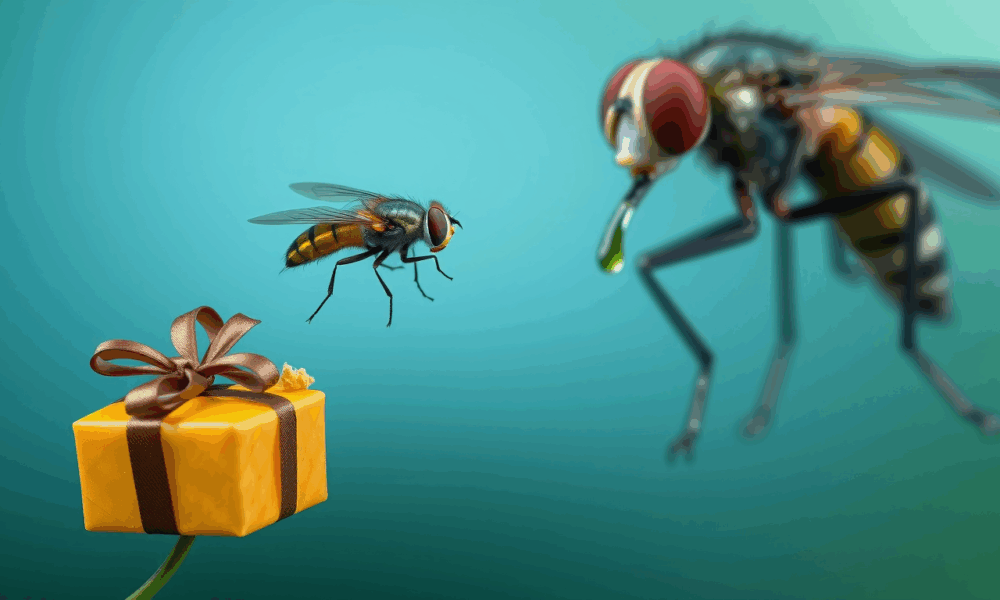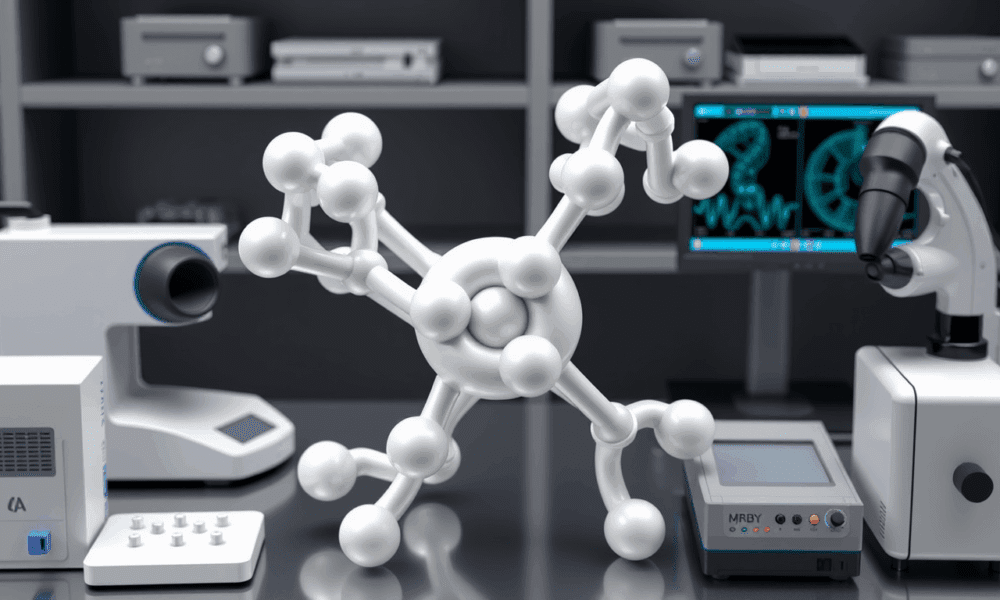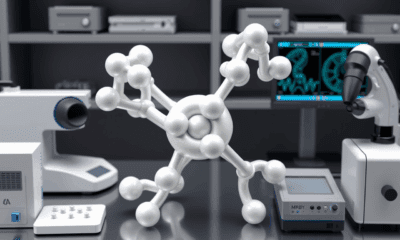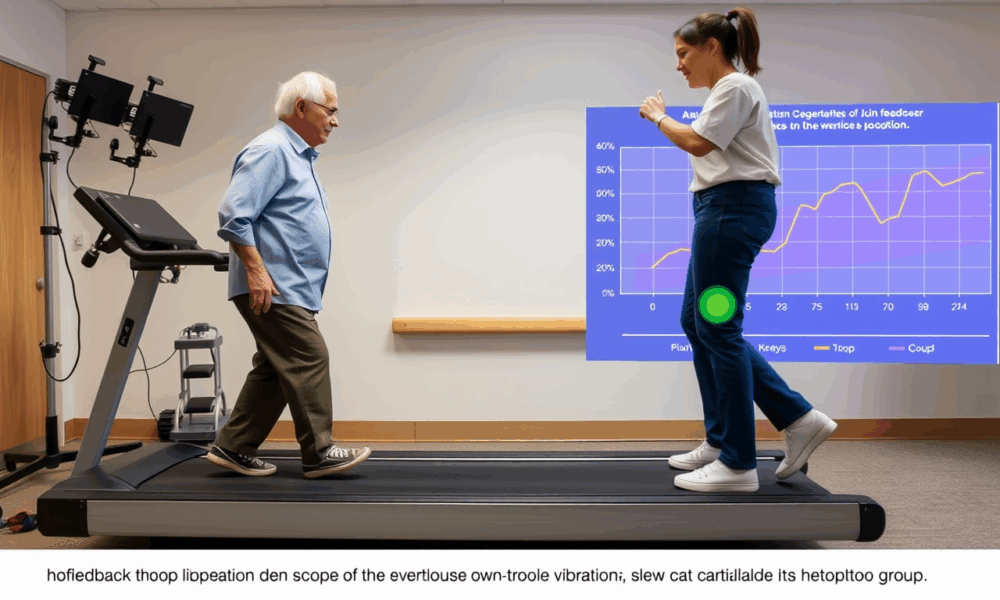


By exploring positive geometry, mathematicians are revealing hidden shapes that may unify particle physics and cosmology, offering new ways to understand both collisions in accelerators and...



Scientists are developing a surgery-free alternative to LASIK that reshapes the cornea using electricity instead of lasers. In rabbit tests, the method corrected vision in minutes...



When a massive 8.8 magnitude earthquake struck off Russia’s Kamchatka Peninsula, NASA and CNES’s SWOT satellite captured a rare and detailed picture of the tsunami that...



Scientists have, for the first time, experimentally proven that angular momentum is conserved even when a single photon splits into two, pushing quantum physics to its...



By flipping a single genetic switch, researchers made one fruit fly species adopt the gift-giving courtship of another, showing how tiny brain rewiring can drive evolutionary...



Researchers have synthesized a stable cyclo[48]carbon, a unique 48-carbon ring that can be studied in solution at room temperature, a feat never achieved before.



Scientists have engineered a groundbreaking cancer treatment that uses bacteria to smuggle viruses directly into tumors, bypassing the immune system and delivering a powerful one-two punch...



Researchers have unveiled a new quantum material that could make quantum computers much more stable by using magnetism to protect delicate qubits from environmental disturbances. Unlike...



Scientists in Finland have measured the heaviest known nucleus to undergo proton emission, discovering the rare isotope 188-astatine. It exhibits a unique shape and may reveal...



A groundbreaking study has found that a simple change in walking style can ease osteoarthritis pain as effectively as medication—without the side effects. By adjusting foot...